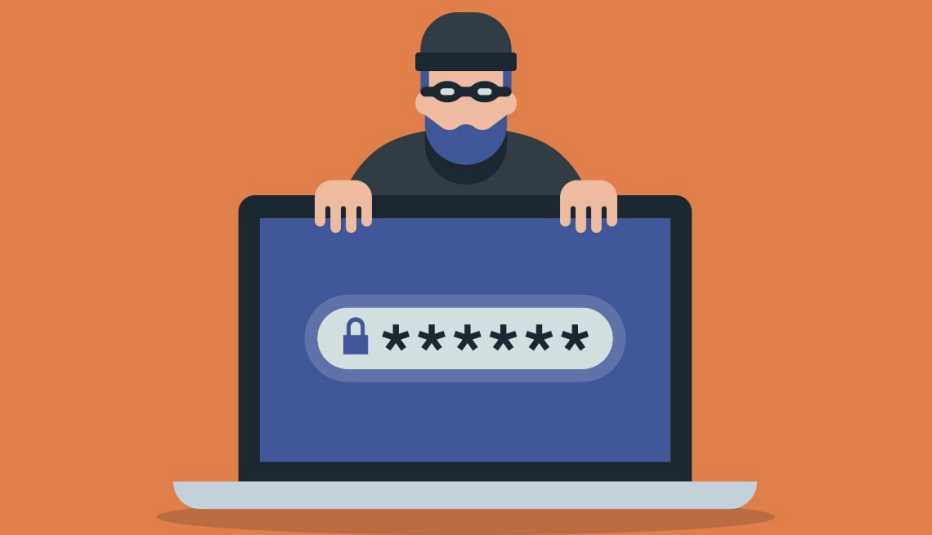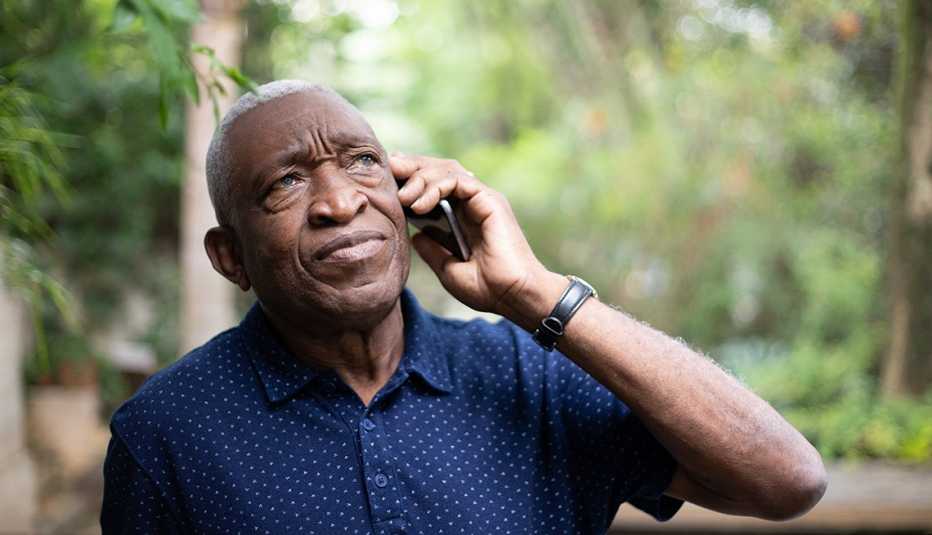AARP Hearing Center
Stressed out? Nowadays, who isn’t? Turns out when life is a struggle — because of a job loss, an avalanche of bills or an ailing loved one, for example – we are more susceptible to frauds and scams.
The finding emerges in an AARP-sponsored survey of more than 9,000 American adults. The research explored whether certain risk factors increase a person’s vulnerability to the crooks hard at work in what is a global, multibillion-dollar industry that has been booming amid the pandemic.
The research, one of AARP’s largest studies on consumer fraud, uncovered specific environmental and emotional factors common to fraud victims.
The findings are showcased in an AARP National Fraud Frontiers report called "A Moment’s Notice: Recognizing the Stressful Life Events, Emotions and Actions That Make Us Susceptible to Scams." The report estimates that 229 million adults in the U.S., or 9 in 10 adults, experienced an attempted fraud in the prior year. Within that group, 33 million adults, or nearly 1 in 7, lost money.
The survey asked respondents if during the past 12 months they had been exposed to any of 26 scams including the most common (and annoying) ones. Seventy percent of respondents had been exposed to a scam purporting their car warranty was about to expire; 47 percent had been exposed to a tech-support scam about a fake glitch; and almost 43 percent had been warned or threatened about a phony problem with their Social Security number or account. Despite an unrelenting barrage of fraud attempts, less than 3 percent of adults in those three instances took the bait and lost money.
Victims and resistors
Respondents who had a brush with those and 23 other scams were put into separate groups: 1,085 victims who reported losing money to scammers and 2,195 non-victims who didn’t lose a dime.
While anyone can be victimized, the report says, four factors were common among the fraud victims. Compared to non-victims, victims had experienced more than twice as many stressful events, such as a death in the family, a job loss or loneliness, when the fraudster invaded their lives.
“The theory underlying this correlation is that coping with a stressful life event consumes valuable cognitive capacity that otherwise might be employed to spot and resist fraud,” the report states. (Scientists define cognitive capacity as the amount of information the brain can retain at any one time.)





































































